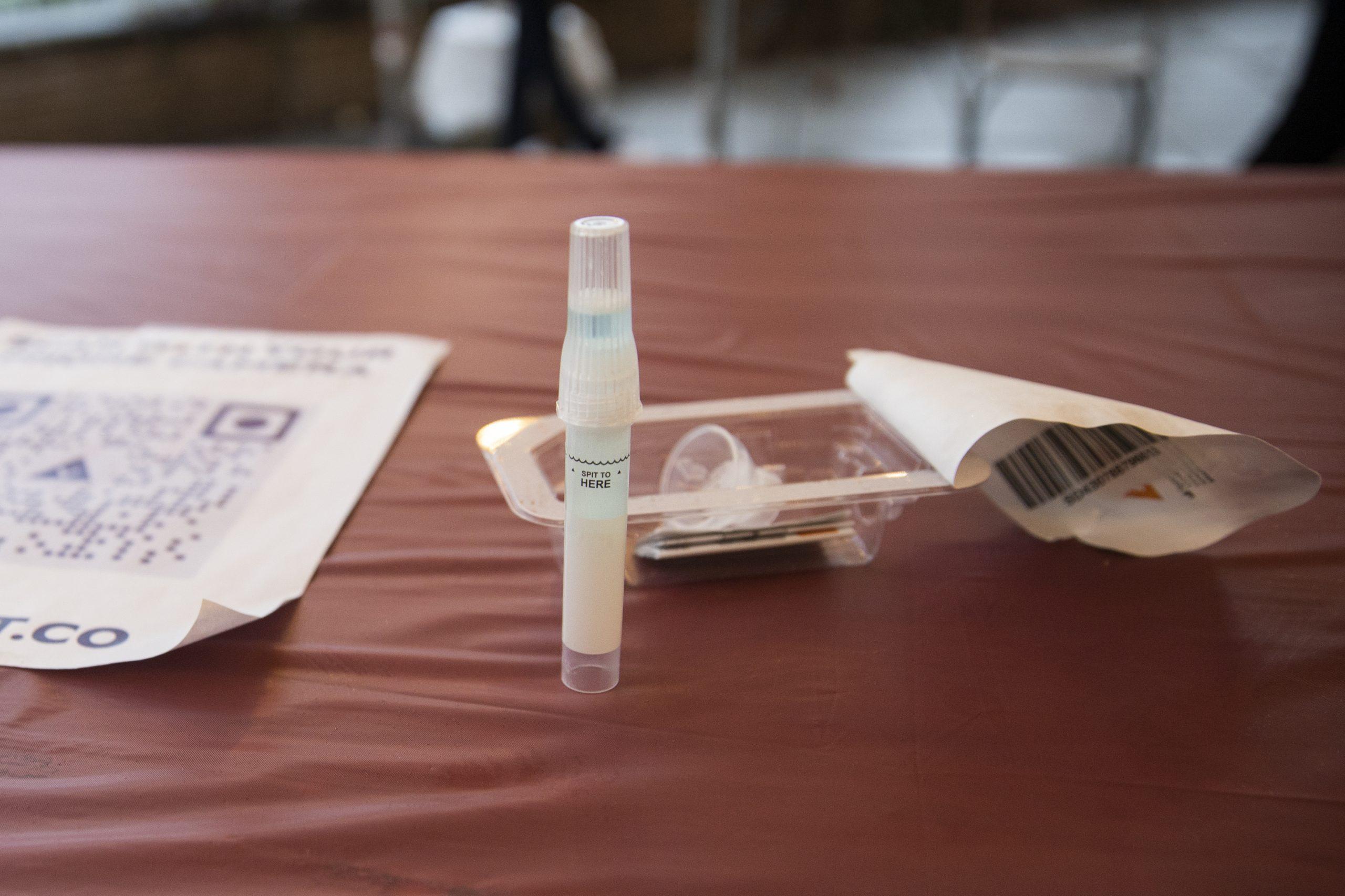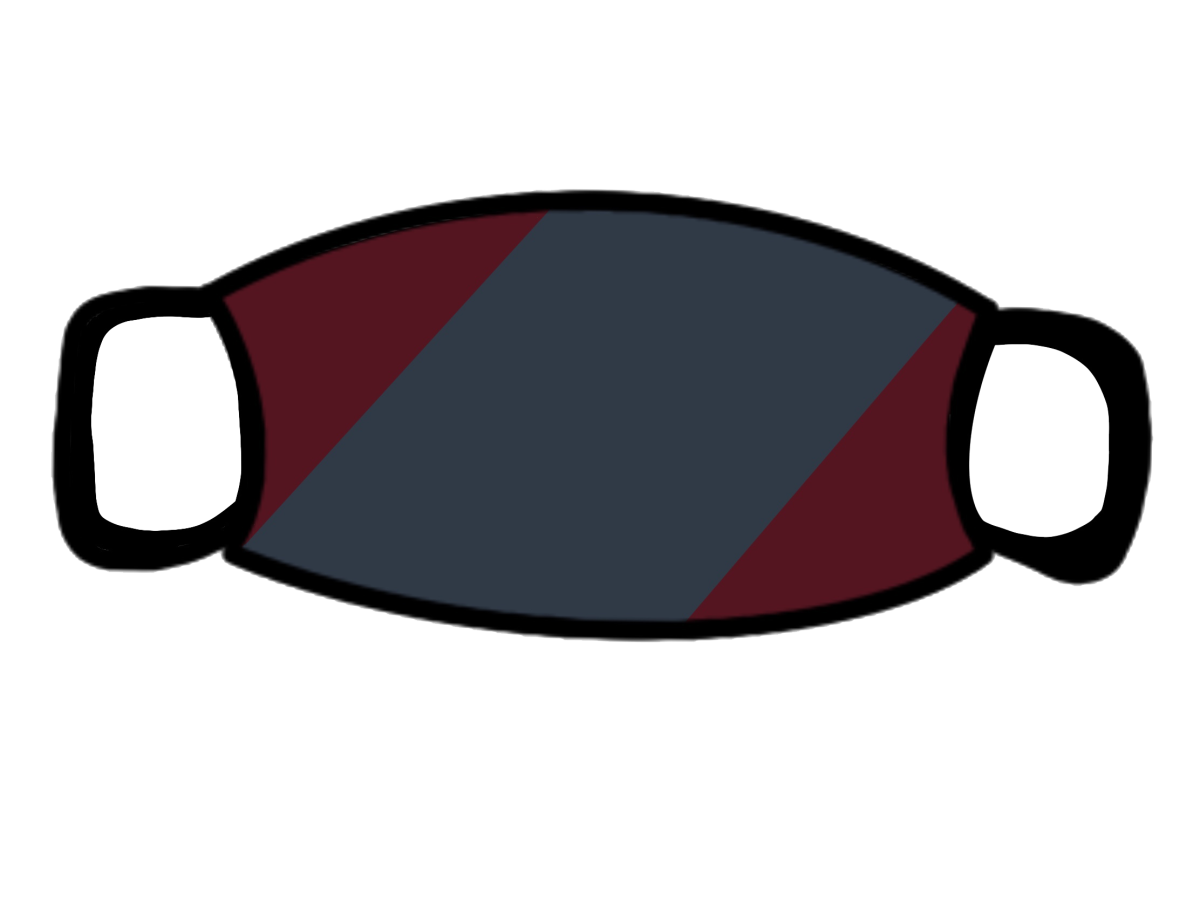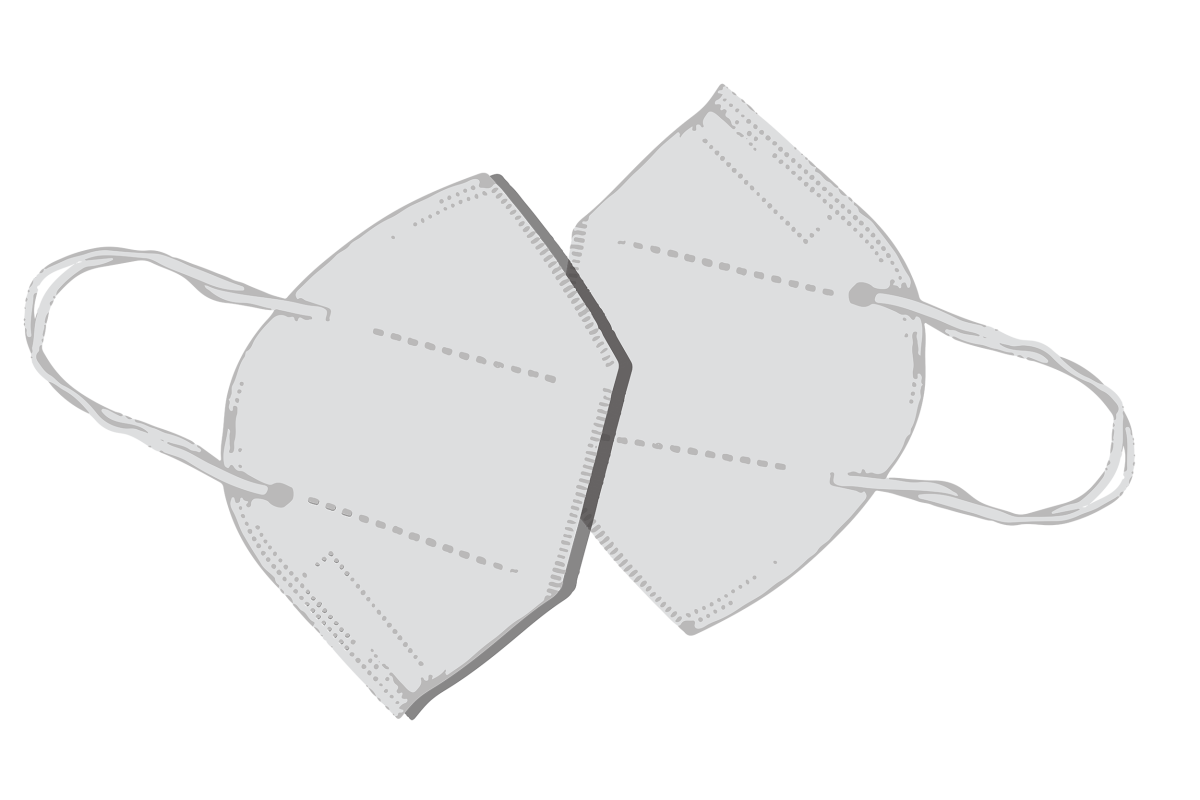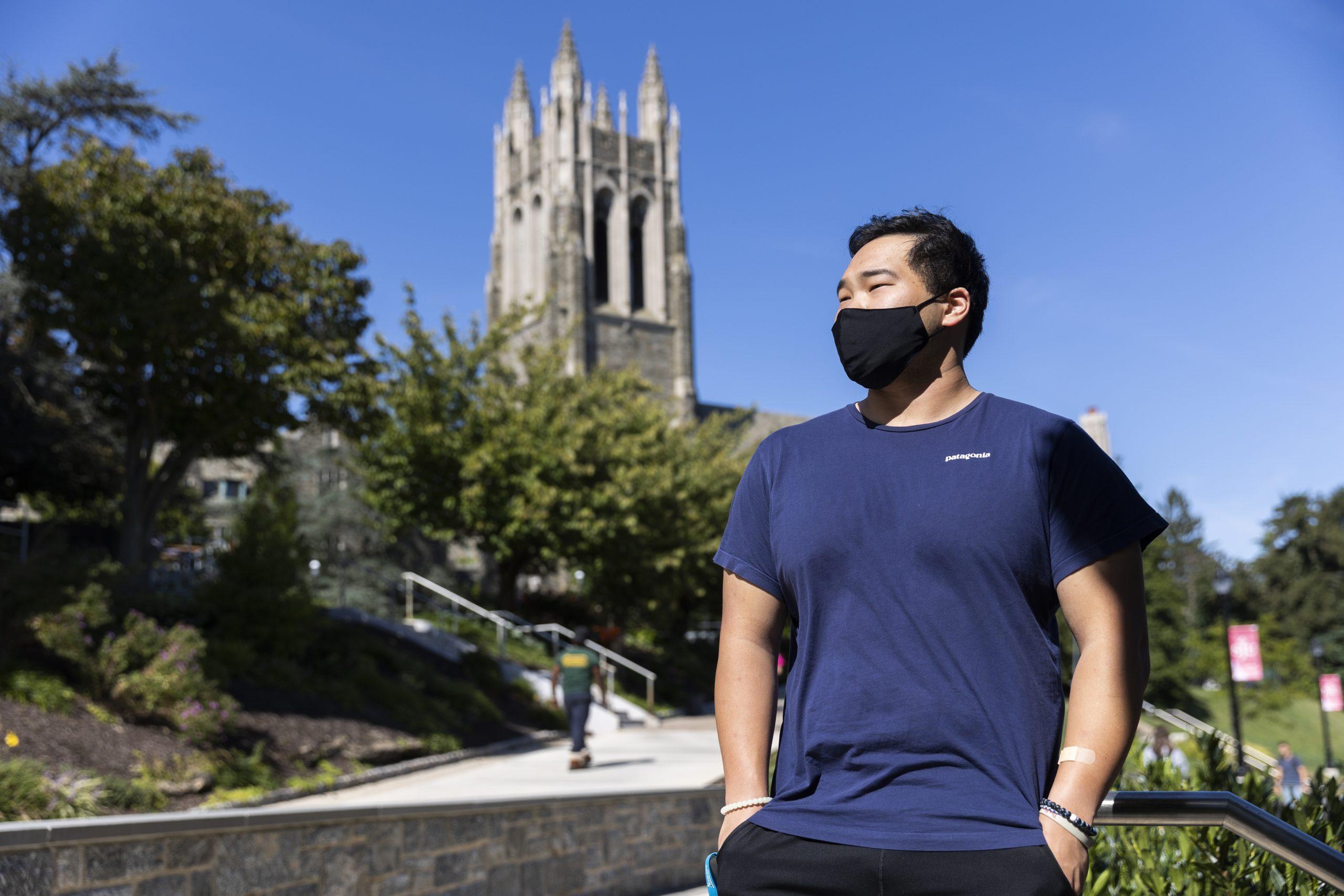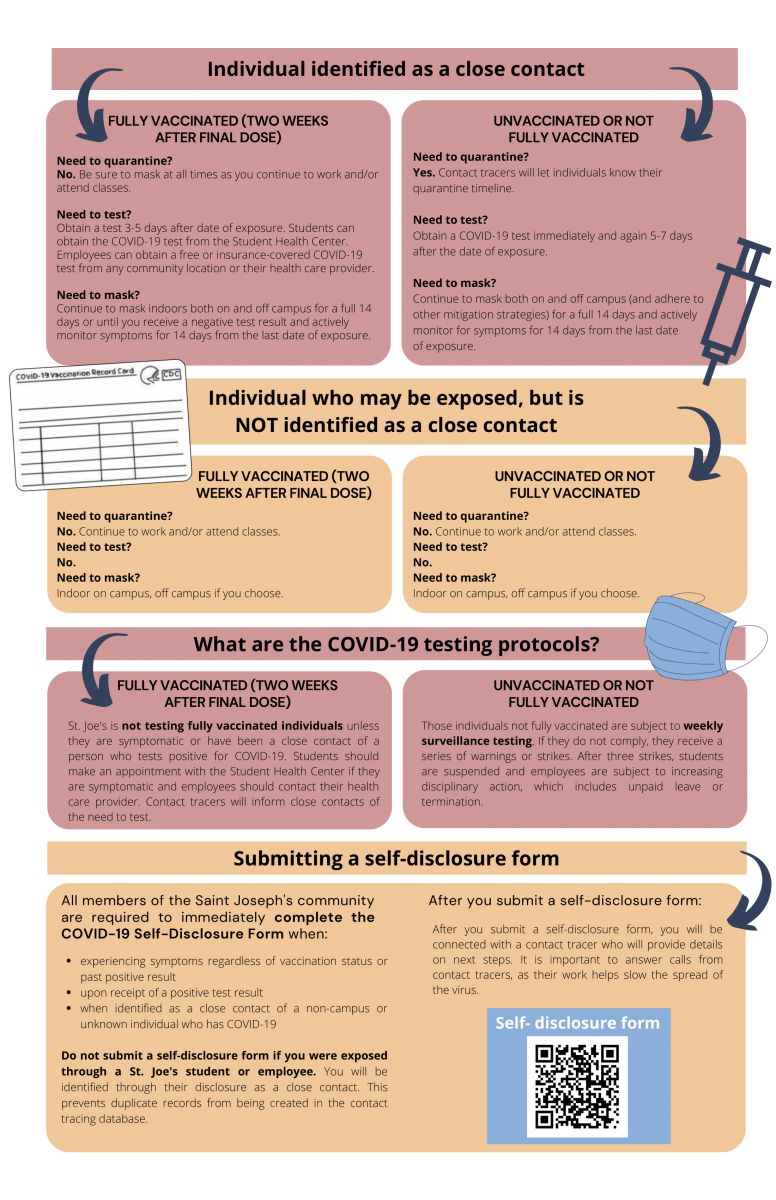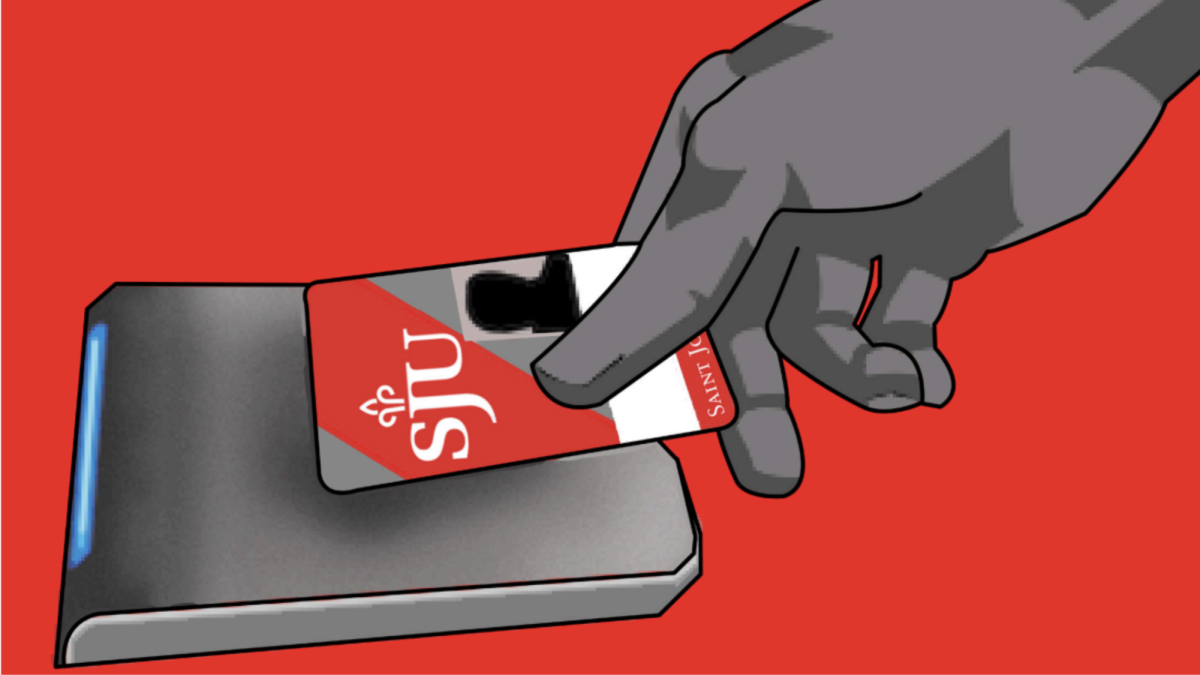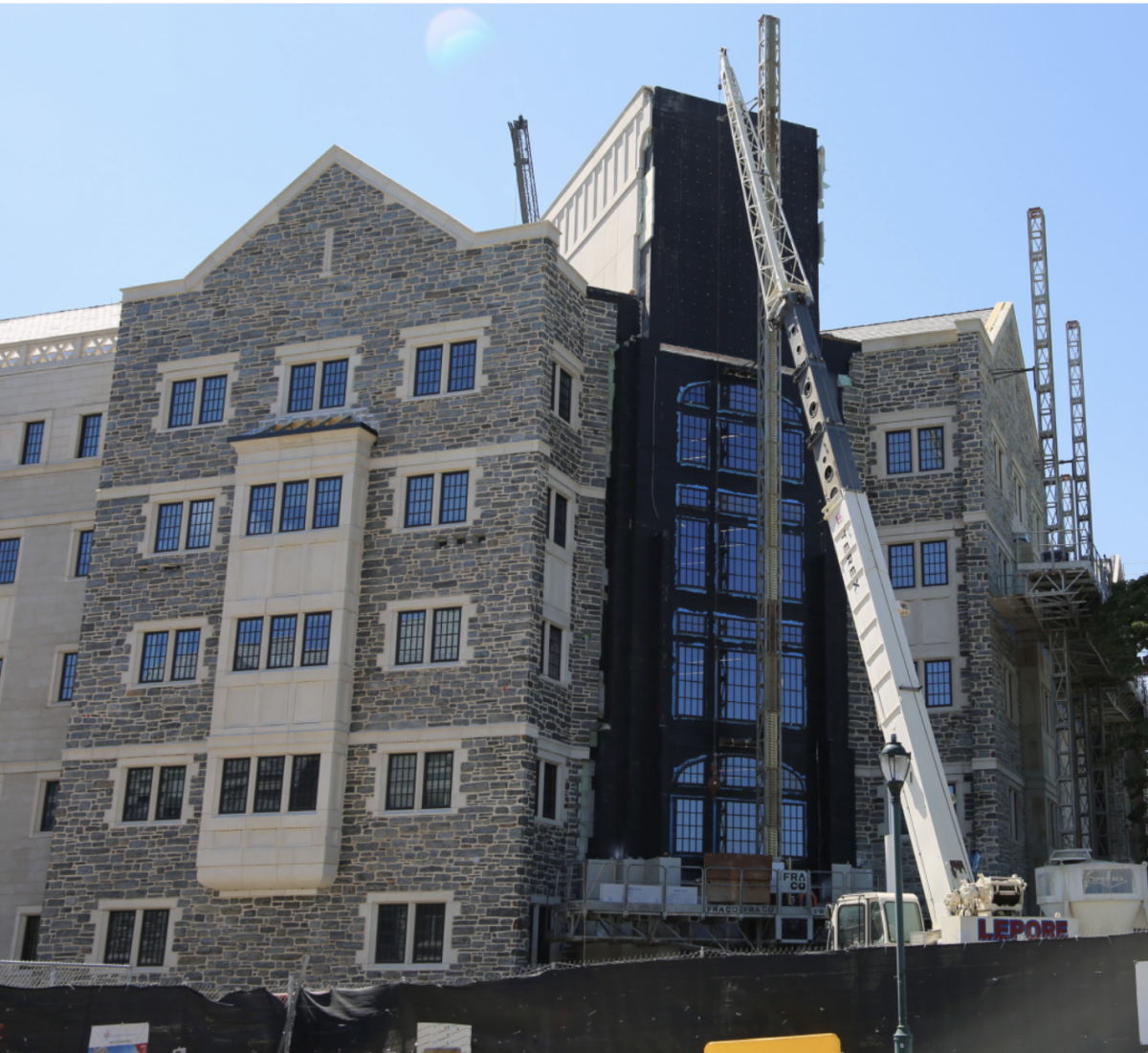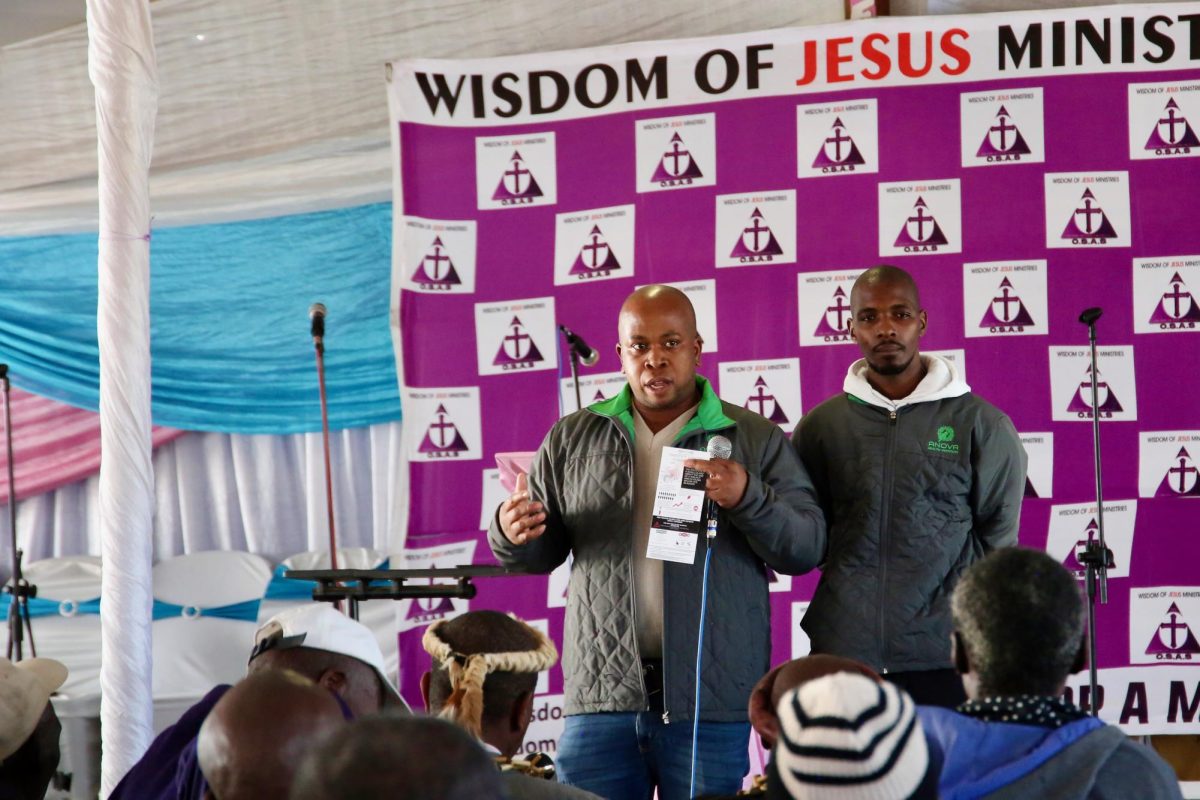As COVID-19 cases spike across the country, campus has matched this upward trend: as of Nov. 16, there are an estimated 80 active cases of COVID-19 on campus, according to the SJU Dashboard. Meanwhile, students are planning their return to their permanent residences for Thanksgiving.
In a Nov. 13 university announcement, Cheryl McConnell, Ph.D., provost and vice president for academic affairs, addressed the rising cases both nationally and locally.
“First and foremost, we need to focus on continuing our mitigation strategies and be guided by science,” McConnell wrote.
The Hawk compiled suggestions for what you should do in order to help mitigate the spread of COVID-19 and to safely plan for traveling back home.
How should I make a plan to return home?
According to CNN, unless a student has an “airtight” return-home plan, “infectious disease experts are urging students taking classes in person to shelter in place on campus.”
The university has encouraged students to only partake in essential activities in the 14 days prior to Thanksgiving. With new Philadelphia city restrictions, St. Joe’s will transition learning to a completely virtual format on Friday, Nov. 20.
Wash your hands frequently, follow social distancing guidelines and wear a mask when you are on campus at all times. If you live in a residence hall, limit contact with other residents in the building as much as possible. In effect, students should be quarantined as much as possible in the days leading up to their return home.
Travel does increase the risk of transmitting the virus. If you’re not driving yourself home, there are a few precautions you can take. If you’re driving with others, wear a mask and, if possible, drive with the windows down. This lets the air circulate throughout the vehicle quickly, reducing the chances of spread. If you’re using public transportation, keep your mask on when around others and, if possible, sit as far away from others as possible.
Should I get tested before I return home?
Currently, St. Joe’s is continuing both surveillance testing and testing only students who self disclose symptoms. If you are not chosen for surveillance testing in the week leading up to your return home, free testing is offered through the City of Philadelphia. Students should quarantine until they receive their test results.
Iahn Gonsenhauser, chief quality and patient safety officer at The Ohio State University Wexner Medical Center, told CNN that if you are getting tested, you need to be intentional about your actions before and after the test in order to ensure accuracy.
“Student[s] will need to quarantine for three to five days prior to testing and then remain in quarantine until a test comes back negative,” Gonsenhauser said.
What should I do once I’m home?
Avoid close contact with your family. It’s optimal to quarantine or isolate in your room until you’ve received a negative test, although this may not be an option for everyone. Students should wear masks in their homes, especially if they are around older or more at-risk family members.
You should limit your contact to only those who you live with. Limit Thanksgiving to your immediate family and maybe even set up a Zoom call with those outside of your household so you can enjoy your time together, virtually.













































